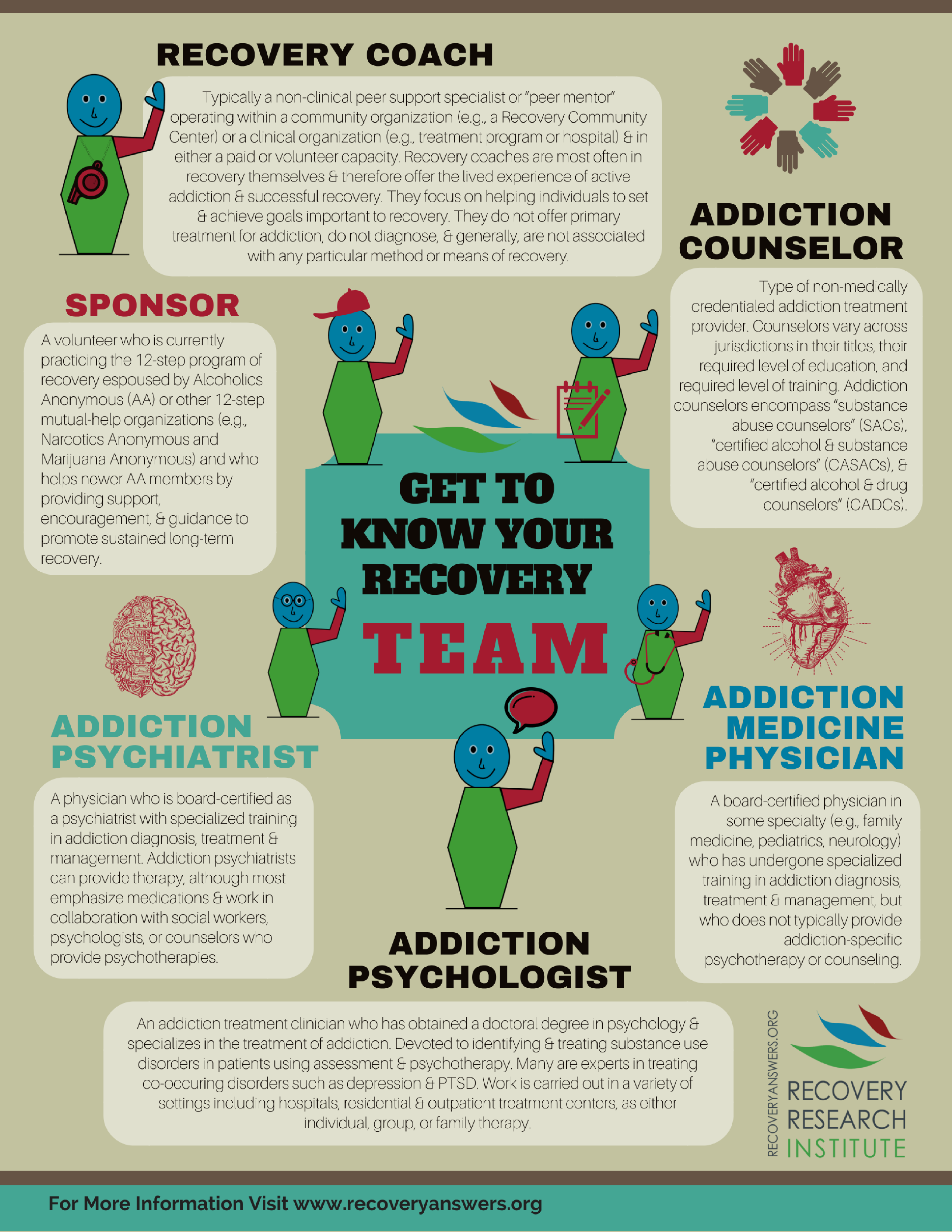How Does Mental Health Treatment Work
How Does Mental Health Treatment Work
Blog Article
How Do Mood Stabilizers Work?
State of mind stabilizers aid to soothe areas of the brain that are affected by bipolar disorder. These drugs are most efficient when they are taken on a regular basis.
It might take a while to locate the right medicine that works finest for you and your medical professional will certainly monitor your condition throughout treatment. This will include normal blood examinations and possibly a change in your prescription.
Neurotransmitter guideline
Natural chemicals are a team of chemicals that regulate one another in healthy people. When degrees come to be out of balance, this can bring about mood disorders like anxiety, stress and anxiety and mania. State of mind stabilizers aid to stop these episodes by aiding regulate the balance of these chemicals in the brain. They also may be utilized together with antidepressants to improve their efficiency.
Medicines that function as state of mind stabilizers consist of lithium, anticonvulsants and antipsychotics. Lithium is probably one of the most popular of these drugs and jobs by affecting the flow of salt through nerve and muscular tissue cells. It is frequently made use of to deal with bipolar illness, yet it can additionally be practical in dealing with various other state of mind problems. Anticonvulsants such as valproate, lamotrigine and carbamazepine are likewise efficient state of mind supporting medicines.
It can take a while to discover the best kind of medicine and dosage for each person. It's important to work with your doctor and engage in an open dialogue concerning just how the drug is benefiting you. This can be particularly practical if you're experiencing any type of negative effects.
Ion channel inflection
Ion networks are a major target of mood stabilizers and numerous other drugs. It is now well established that they are vibrant entities that can be regulated by a selection of outside stimuli. Additionally, the modulation of these channels can have a series of temporal results. At one extreme, adjustments in gating characteristics may be fast and instant, as in the nicotinic acetylcholine receptor/channel system. At the other end counseling services of the spectrum, covalent alteration by healthy protein phosphorylation might lead to changes in channel feature that last much longer.
The field of ion channel inflection is getting in a duration of maturity. Recent researches have actually shown that transcranial concentrated ultrasound (US) can stimulate neurons by triggering mechanosensitive potassium and sodium channels embedded within the cell membrane. This was shown by shared networks from the two-pore domain name potassium household in Xenopus oocytes, and concentrated US substantially modulated the present flowing through these channels at a holding voltage of -70 mV (right panel, relative effect). The results follow previous monitorings revealing that antidepressants influencing Kv channels manage glia-neuron communications to contrary depressive-like behaviors.
Neuroprotection
Mood stabilizers, like lithium, valproic acid (VPA), and carbamazepine, are important in the treatment of bipolar disorder, which is characterized by recurrent episodes of mania and clinical depression. These medications have neuroprotective and anti-apoptotic homes that help to stop mobile damage, and they additionally improve cellular strength and plasticity in inefficient synapses and neural circuitry.
These safety actions of mood stabilizers might be mediated by their restraint of GSK-3, inositol signaling, and HDAC activity. Furthermore, lasting lithium treatment protects versus glutamate excitotoxicity in cultured nerve cells-- a design for neurodegenerative disorders.
Researches of the molecular and mobile effects of mood stabilizers have actually shown that these drugs have a vast array of intracellular targets, including numerous kinases and receptors, in addition to epigenetic adjustments. Refresher course is required to determine if state of mind stabilizers have neurotrophic/neuroprotective actions that are cell type or wiring particular, and how these impacts may enhance the rapid-acting therapeutic feedback of these agents. This will certainly assist to create new, much faster acting, much more effective therapies for psychiatric health problems.
Intracellular signaling
Cell signaling is the process whereby cells communicate with their atmosphere and other cells. It includes a series of steps in which ligands connect with membrane-associated receptors and result in activation of intracellular paths that regulate crucial downstream cellular features.
Mood stabilizers act upon intracellular signaling through the activation of serine-threonine protein kinases, resulting in the phosphorylation of substratum proteins. This turns on signaling cascades, bring about changes in genetics expression and mobile function.
Lots of mood stabilizers (consisting of lithium, valproate and lamotrigine) target intracellular signaling paths by inhibiting certain phosphatases or activating particular kinases. These results cause a reduction in the task of these pathways, which causes a reduction in the synthesis of specific chemicals that can influence the brain and cause signs and symptoms of depression or mania.
Some state of mind stabilizers also work by improving the task of the inhibitory neurotransmitter gamma-aminobutryic acid (GABA). This boosts the GABAergic transmission in the brain and decreases neural task, thereby creating a relaxing effect.